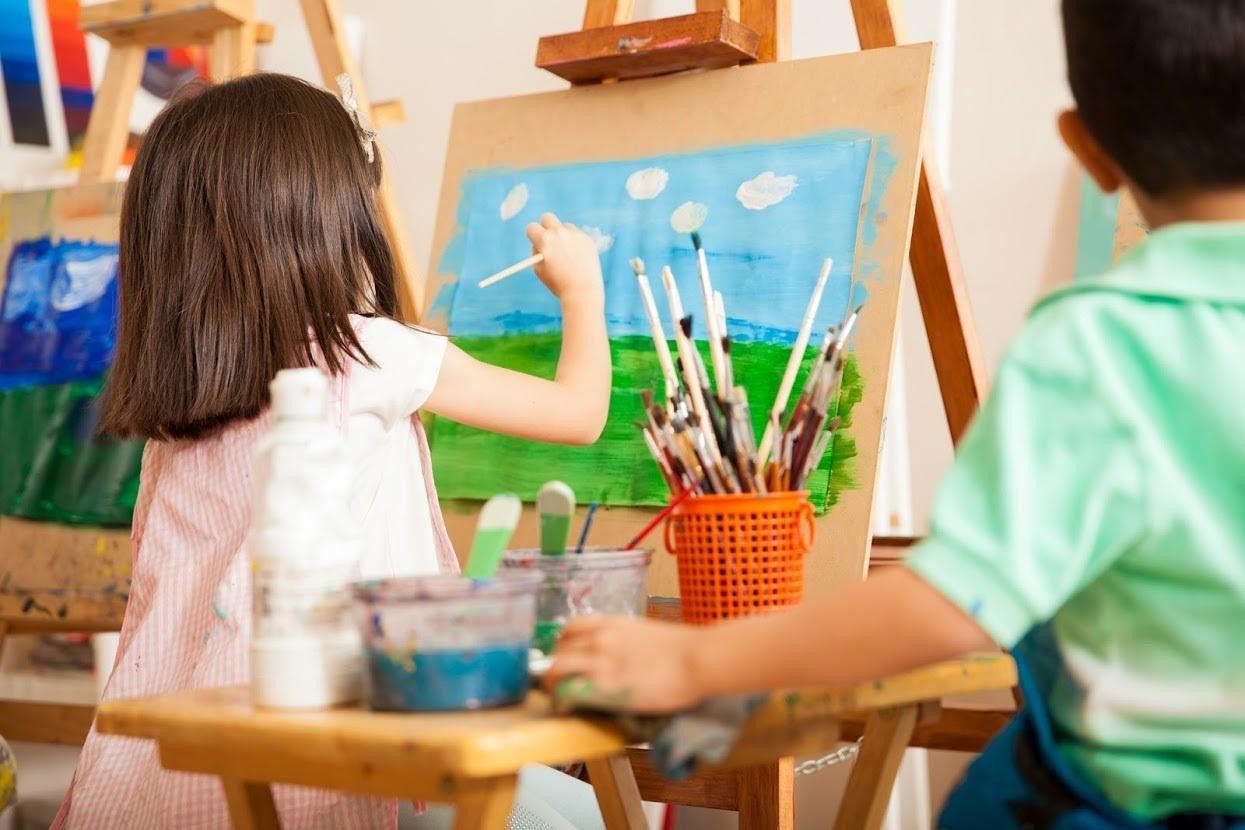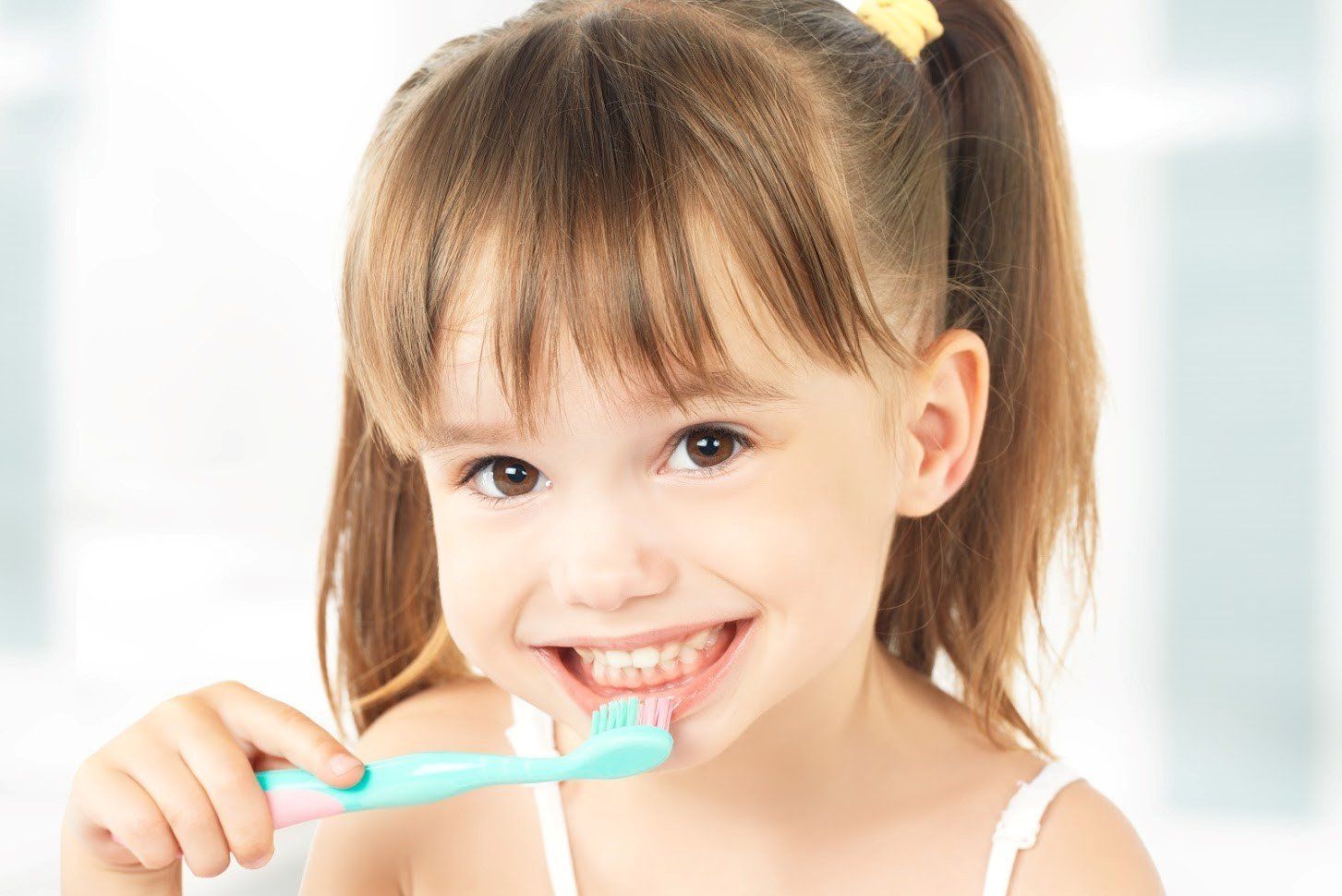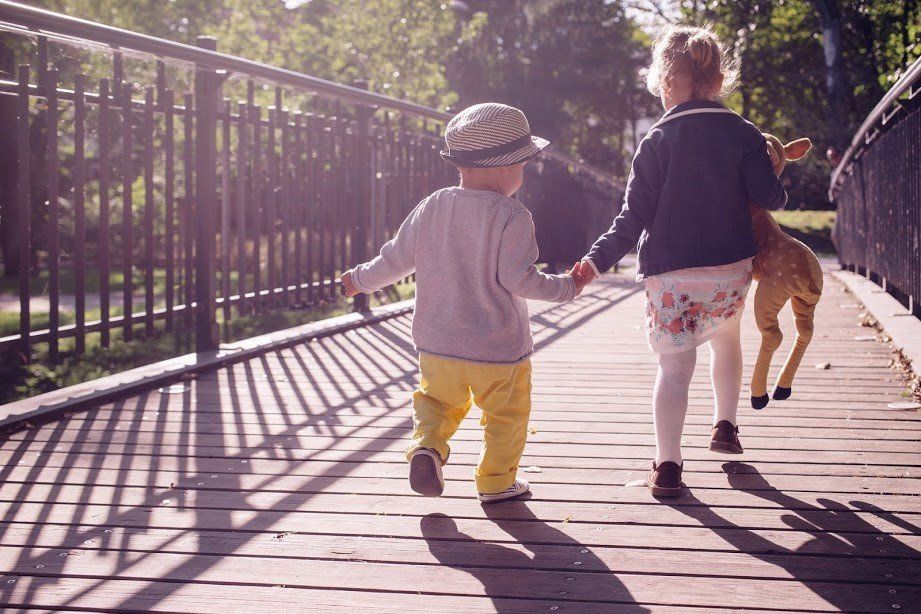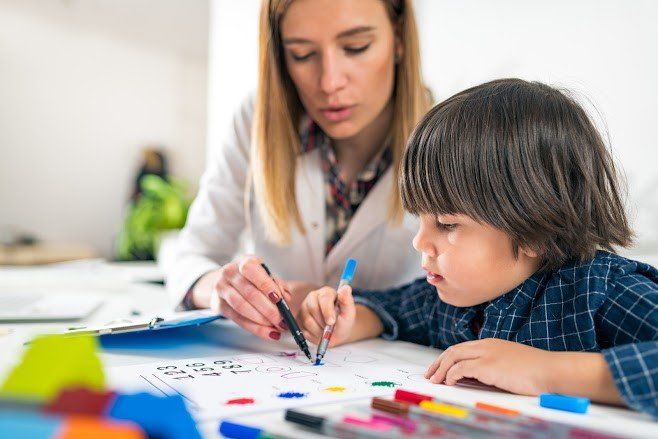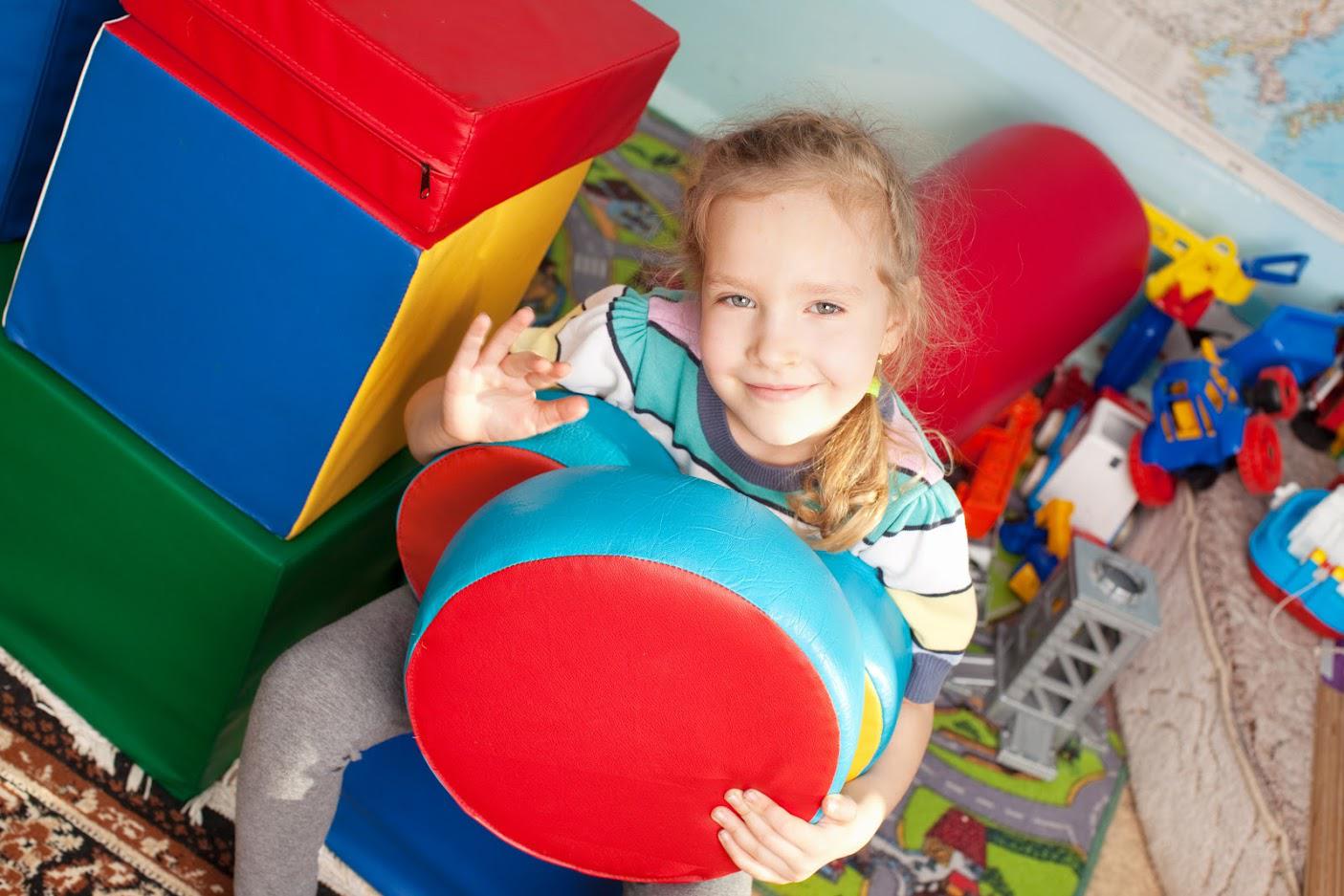What Parents Need to Know About Preschool Class Size
Does preschool class size matter? Take a look at what you need to know about your child's first early education experience, teacher-to-student ratios, health/safety, and pre-K class size.
What Are the Education-Class Size Connections?
Research shows a link between high-quality early childhood programs and learning or developmental gains over time. According to a study of 21 large-scale preschools by the Learning Policy Institute (LPI), quality pre-K helps to prepare young children for school and may result in learning gains not seen in those who don't go to a preschool or early education program.
What does class size have to do with a quality early educational experience? The smaller the class size, the more opportunities each child has for individualized attention. This can help your child to build new skills, grow, and develop in ways they might not otherwise get. While class size isn't the only contributing factor, it is an essential part of any quality pre-K program.
Not only will a smaller class size increase the potential for individual attention, but it also allows each teacher to learn more about their students. This helps to foster the student-teacher relationship, creating a caring, supportive, and comfortable learning environment.
What Are the Ratio-Class Size Connections?
The teacher-to-student-ratio may sound like early childhood education jargon. But this term means exactly what the name says — the ratio of teachers or qualified adult staff members (such as classroom aides or teacher's assistants) to the number of children in each classroom.
Teacher-to-student ratios provide a framework for quality educational practices and adequate supervision. Each state has its own acceptable maximum ratios used for licensing. Failure to meet the state's required ratios is a serious infraction that could result in the loss of a child care facility license or the delay of a license approval.
State ratios aren't random numbers. These figures are set by professionals in the field and take into account developmental, educational, health, and safety goals or requirements. Along with the number of staff members per the number of children, the state regulates the maximum group size.
The current Pennsylvania staff-to-child ratios for preschool-aged children are one adult per 10 children with a maximum group size of 20 (with two or more staff members). The teacher-to-child ratio for older toddlers is one to six (maximum group size of 12) and the ratio for younger toddlers is one to five (maximum group size of 10).
What Are the Health/Safety-Class Size Connections?
Preschool class size doesn't only impact each child's ability to learn or develop. The overall number of students also has an effect on some types of health and safety issues—especially when social distancing is a requirement.
The more people packed into one indoor space, the easier it is for viral particles (and bacteria, such as streptococcus) to spread. To decrease the risks of illness, preschools limit the number of children in each room. Even though the state group maximum for a pre-K classroom is 20 students (in Pennsylvania), it's not likely every program has the physical space to safely hold this number of children.
Unlike teens and adults, young children may not understand the health and safety reasons to social distance. To follow social distancing guidelines of six-feet or more, some preschools may need to decrease class size. This gives each child their own play or learning area and helps the teachers to separate students easily.
Is your child ready to start their first early learning experience in a preschool program? Contact Small World Early Learning and Development Center for more information about the programs we offer and how we can assist your child’s learning.


